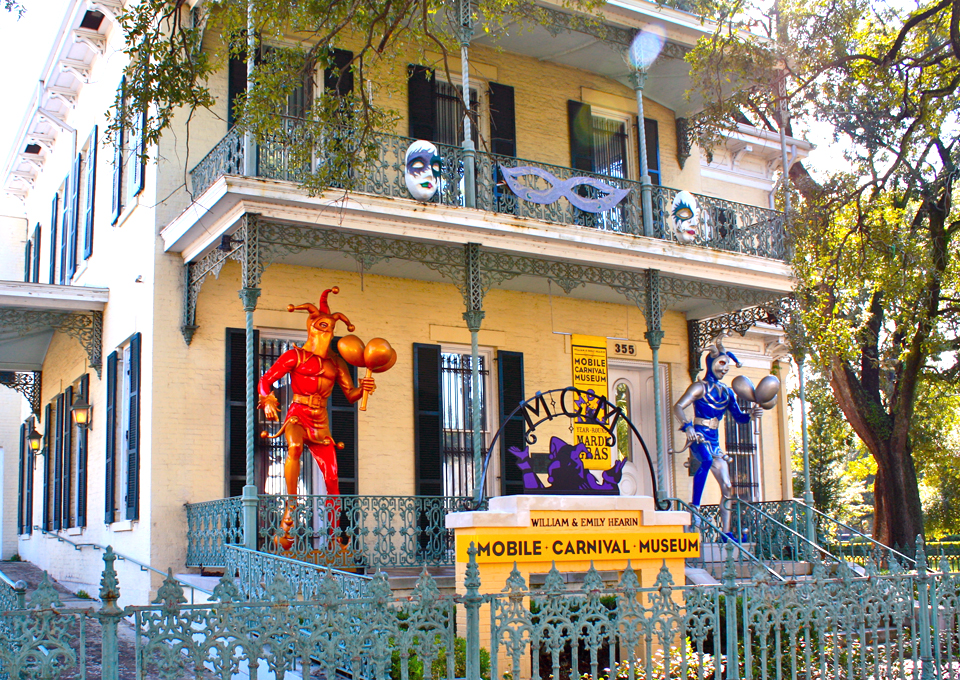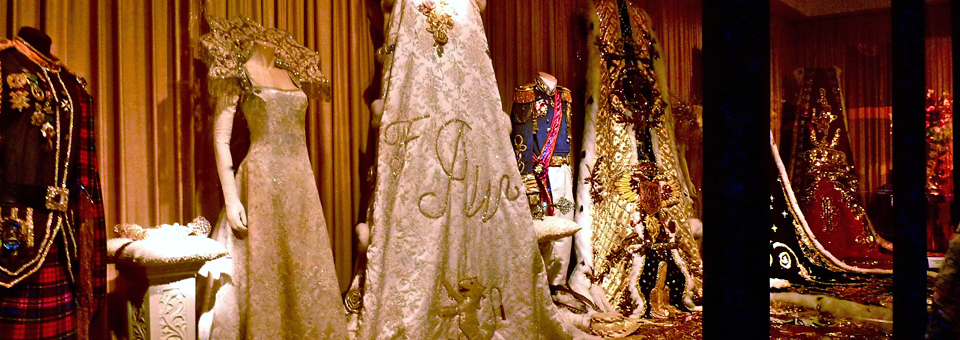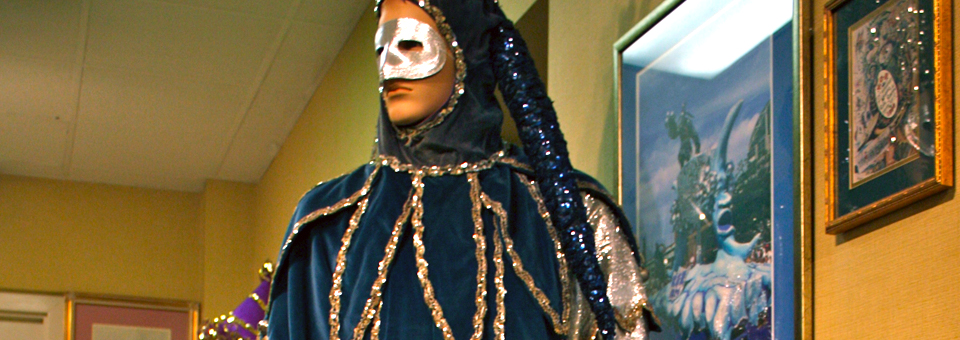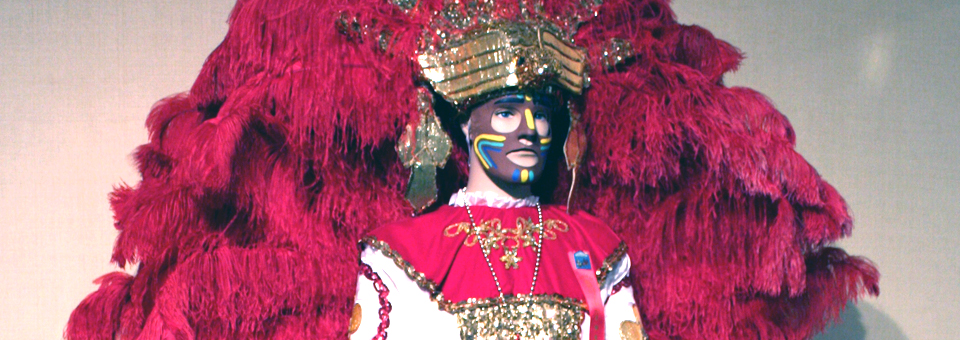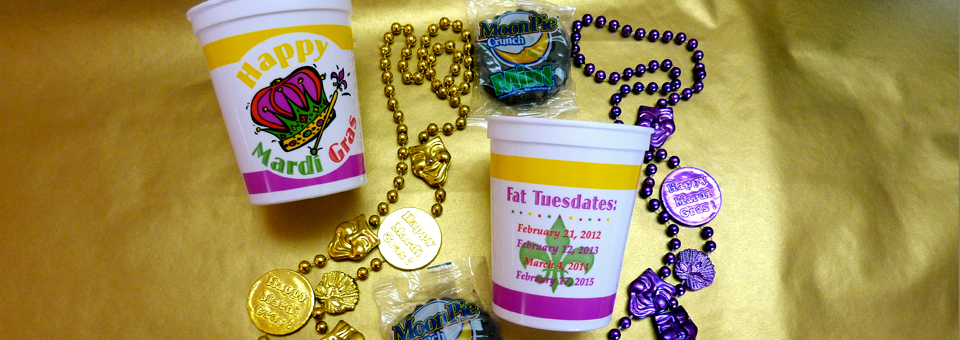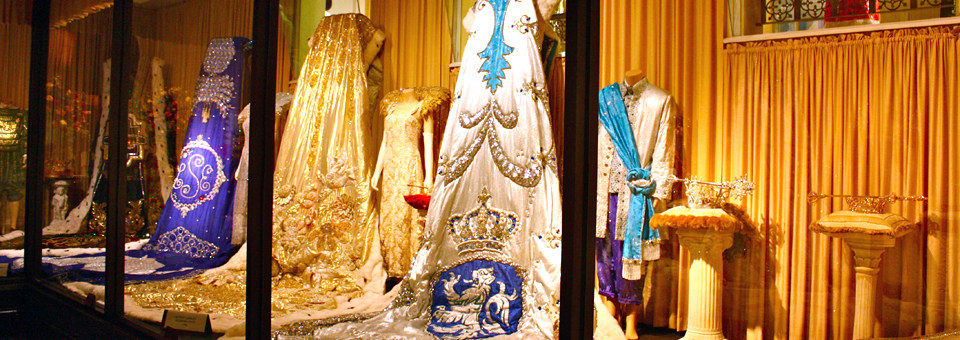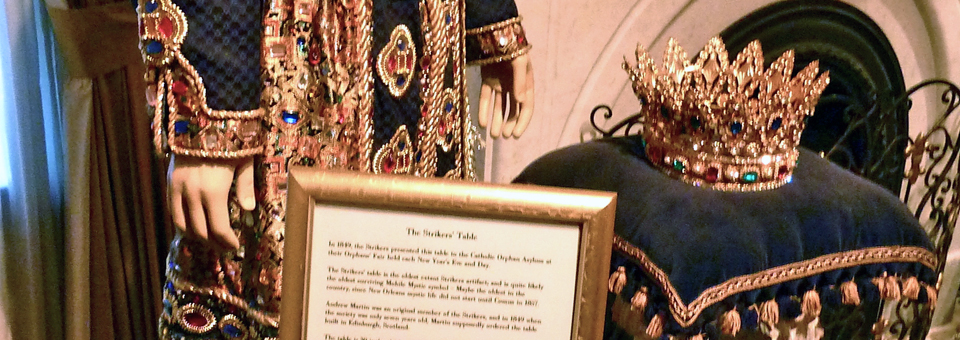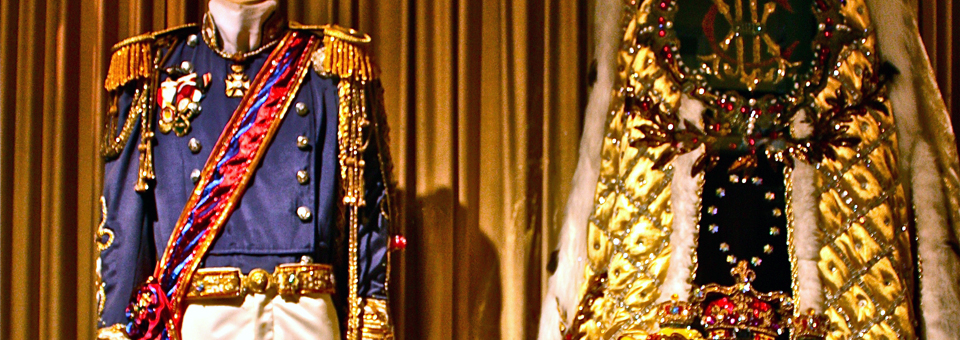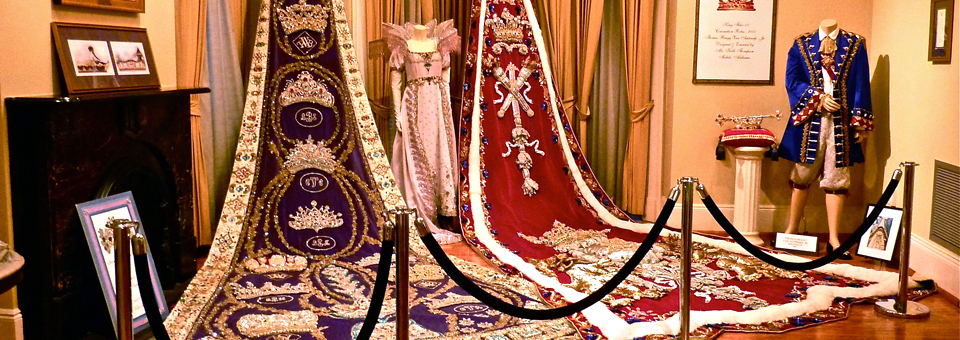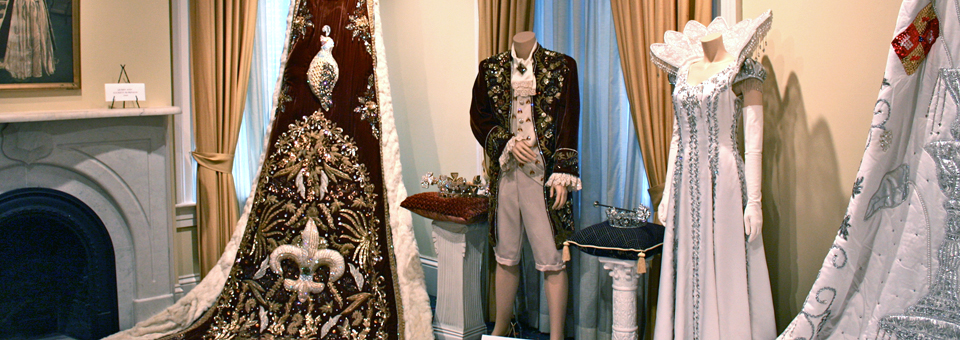Mobile’s Mardi Gras: First to let the good times roll!
Did you know that Mobile, Alabama is the birthplace of Mardi Gras in North America? New Orleans may be better known today for its celebrations, but Mobile has been letting the good times roll longer and prides itself on being the largest, family-friendly street party celebration in America.
America’s first known Mardi Gras was celebrated in 1703 by pioneers at Fort Louis de la Louisiane at Twenty-Seven Mile Bluff and its village, La Mobile. As part of New France, this Gulf Coast settlement was chosen as the capital of French Louisiana and was part of France’s plans to colonize the New World and convert it to Catholicism. La Mobile was relocated to its present site after a 1711 flood. French Louisiana’s capital was moved to New Orleans in 1723.
Laissez les bon temps rouler!
Mobile’s Carnival season or Mardi Gras (French for Fat Tuesday) has been going strong for three centuries, halted temporarily only by the Civil and World Wars.
After the Civil War, known here as the War of Northern Aggression, Joe Cain defied the occupying Union troops when he lead the Lost Cause Minstrels in a parade through the city. He wore a costume depicting “Old Slacabamorinico”, the undefeated chief of the Chickasaw Indians.
Today, the annual Joe Cain Procession, “The People’s Parade”, is held the Sunday before Fat Tuesday to commemorate Mardi Gras’ revival. “Merry Widows” dressed in black pay homage at his homesite and Church Street Cemetery grave.
New Year’s Eve, 1830, when a group of celebratory young men, perhaps roused by liquid refreshment, paraded with cowbells, rakes, and hoes. The parade was such fun that it was repeated the next year. The Cowbellion Society was created.
Membership became so exclusive that even sons were refused membership, and those refused went on to form new organizations like the Strikers Independent Society, a group of bachelors who paraded and held a ball on New Year’s Eve. The number of mystic societies, or secret, private social groups often known as “krewes” grew, but the Cowbellion Society died off.
The Alabama legislature declared Fat Tuesday a holiday in Mobile in 1875 to encourage businesses to close for a celebration. Now preparations for the next year’s Mardi Gras begin as soon as one ends.
Mobile is now America’s largest owner and renter of formal attire. Mystic societies present parades and invitation-only formal masquerade balls with society members in costume and guests in full-length gowns or white tie and tails. It’s said that guests do not know who invited them, but if they did, would never say so. Even an obituary will note “member of a mystic society”, but not reveal not which one.
Celebrations now go on for more than two weeks, culminating on Fat or Shrove Tuesday, the day before the forty days of Lenten fasting.
Themed parades have a dozen or more brightly colored one-of-a-kind floats with maskers–masked and costumed members of mystic societies. Marshals on horseback toss trinkets and keep the parades moving along. Marching and riding bands add to the excitement.
Crowds of revelers try to catch the attention of maskers, calling “Throw me something, Mister”! Typical “throws” include treats and trinkets— candy or Moon Pies, artificial roses, stuffed animals, doubloons, toys, emblem souvenirs, themed cups, and the ever-popular beaded necklaces.
The Moon Pie, a confection of marshmallow sandwiched between two candy coated graham cookies, is made in Chattanooga, and the Mobile area buys more of them than anyone else. The Moon Pie tradition began when Mobile ladies organizations wanted soft and inexpensive treat that could be easily thrown to the crowd. According to the Mobile Carnival Museum, half a million Moon Pies are thrown during Mobile’s Mardi Gras.
There are two carnival associations, the Mobile Carnival Association (MCA), established in 1872, which oversees the events of the mystic societies and a king named King Felix III, and the Mobile Area Mardi Gras Association (MAMGA), with a monarch named King Elexis I.
The Camellia Ball is the Thanksgiving Weekend debutante ball where the MCA Mardi Gras Queen is chosen to preside over the celebration and chooses her king. The season’s debutantes make up the Ladies of the Court and each selects an escort known as a knight.
Once a Queen and King is chosen, the work begins to design their unique and richly ornamented trains. Velvet is edged with fur and hand sewn with satin, sequins, and metallic threads with designs and symbols unique to that person.
Trains can weigh up to 30 pounds, and are lined with plastic below to help it slide along. It never used again.
On Lundi Gras, Fat Monday, King Felix and his knights arrive by yacht at the foot of Government Street and the Mayor presents the King with the key to the city. The Queen gives a lavish luncheon that day. King Elexis I also arrives with a royal flotilla ceremony and is crowned the Sunday before Mardi Gras.
Kings give a dinner and provide gifts for his knights. One king had special china made in France for his celebration.
Tickets to the ball are invitations to an exciting atmosphere of grown-up make believe. It’s a time to dress up, gather with friends, laugh, and dance.
Public drinking is limited and only with an unbreakable container. Authorities ensure appropriate conduct.
It’s all great for the local economy. The celebrations have an annual quarter of a billion dollar economic impact in the Mobile area according to a new study by the University of Alabama’s associate business center.
There are floats to build, costumes for each parade, bands, lighting, gowns, hair and nail appointments, street parties, banquets, and balls. More than fifty organizations parade for over two to half weeks–sometimes three or four parades a day.
According to Toomey’s, one of the world’s largest suppliers of Mardi Gras supplies, the average masker buys $300-$500 worth of throws for a 2 1/2 hour ride. Some ride in three or four different floats.

